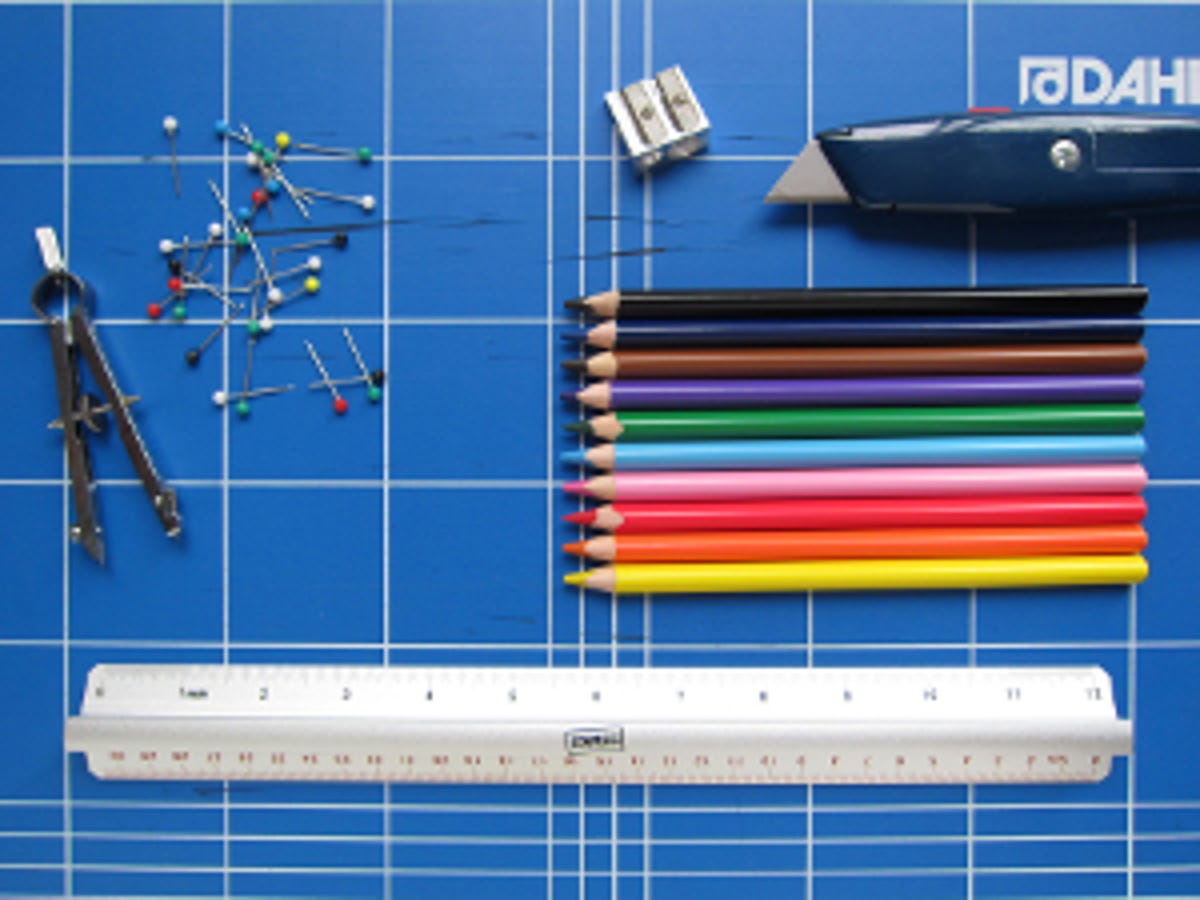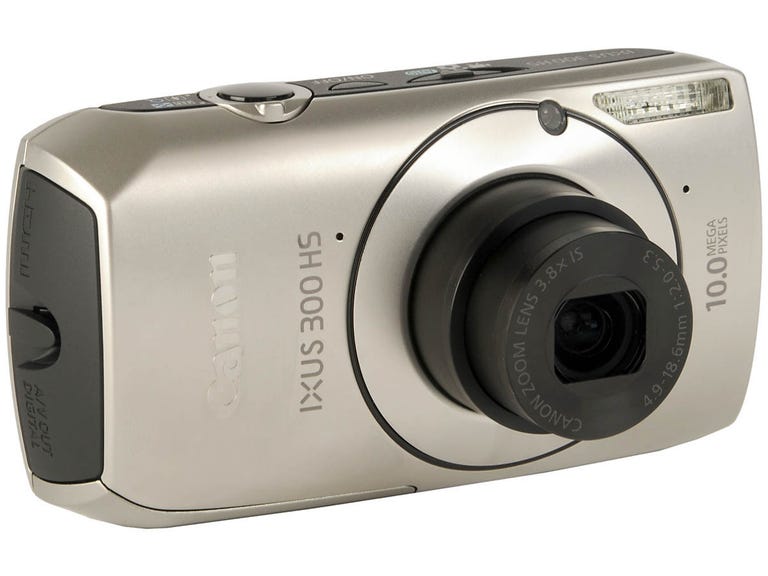 Why You Can Trust CNET
Why You Can Trust CNET Canon IXUS 300 HS review: Canon IXUS 300 HS
The IXUS 300 HS is pricey for a compact camera, but it's a pocket-sized powerhouse. Its pictures are great, even at high ISOs, and its super-slow-motion movie mode is a real hoot. Its high-speed shooting modes are also decent. Overall, it's a very good camera
Canon's 10-megapixel IXUS 300 HS is a real pocket-sized powerhouse. The 'HS' stands for 'high speed', and, as well as a one-sixth-speed 240fps 'super-slow-motion movie' mode, you get 3.7fps continuous shooting at full resolution and a host of other high-end features. This camera had better be good, though, because its £300 asking price is pretty steep.
The Good
The Bad
The Bottom Line
No ordinary IXUS
The 300 isn't a run-of-the-mill IXUS. For a start, it comes with one of the latest back-illuminated CMOS sensors, rather than an ordinary CCD sensor. It also has aperture-priority and shutter-priority exposure modes, and a maximum ISO of 3,200 at full resolution.

These back-illuminated sensors are interesting because they trade outright megapixels for increased sensitivity and, in the case of the 300, increased dynamic range. That's what Canon says, anyway, and the 300 does seem to be better than most at holding onto highlight detail, like bright skies, although it's also rather prone to overexposure if you've got plenty of shadowed areas in the scene.
There's no doubt about the improvement at high ISOs, though. At the camera's ISO 3,200 maximum, the detail softens and there's clearly plenty of noise reduction going on, but the overall picture quality is still miles better than you'd expect from a compact camera at this kind of sensitivity.
The super-slow-motion mode is a real hoot, too. Okay, so the movie resolution is just 320x240 pixels, and there's no sound, but this mode is simple to use and plays back in slow motion directly on the 75mm (3-inch) LCD display.
You can also shoot 1,280x720-pixel, high-definition movies at normal speed. This mode marks another step forward for Canon, by allowing you to use both the zoom and autofocus while you film.
The f2.0 lens is quite a surprise too, having a maximum aperture that's 1-1.5 stops faster than most. In fact, it looks very much like the 28-105mm zoom on the Canon PowerShot S90. It's not, because these two cameras have differently sized sensors, but it does show that Canon's keen to develop its cameras' low-light shooting capabilities.
Canon's not quite up there with the best of the rest when it comes to outright shooting speed, though. As fast as it is, the 300 can't quite match the 10-frames-per-second, full-resolution shooting of Sony's tiddly Cyber-shot DSC-TX5, for example, or the crazy 40fps of some of Casio's high-speed cameras. It's not bad, though, and 3.7fps is way better than the wheezy 1fps, or less, of most compacts.
One other thing. If you're worried that a 10-megapixel camera is a step backwards from today's 12-megapixel and 14-megapixel models, don't be. The 300 produces vivid images with real clarity and definition.
Quite the porker
The 300's design, however, is rather lacklustre. For an IXUS, the 300 is something of a porker, and the display's 16:9 wide-screen aspect ratio means you get black bars on either side when you're shooting stills. There are no markings on the rotary controller on the back either.
You can use this controller to set the focus mode, EV compensation, flash and display modes, but, unless you spot the little virtual dial that pops up on the display for about 1 second when you power the camera up, you'll just have to guess which way to push it. The 300 relies heavily on its menus for day-to-day adjustments, too.
The cover for the USB/AV and HDMI ports on the side is also slightly tricky to open. You'll eventually figure out where you've got to jam your fingernail to open it, but a little arrow or icon wouldn't have hurt.
Conclusion
For a pocket-sized compact camera, £300 seems expensive, but the Canon IXUS 300 HS is very powerful. In fact, it offers the kind of hi-tech, high-powered photo features you might expect from a PowerShot rather than an IXUS. The 300 is pricey, then, but it's also very good.
Edited by Charles Kloet
